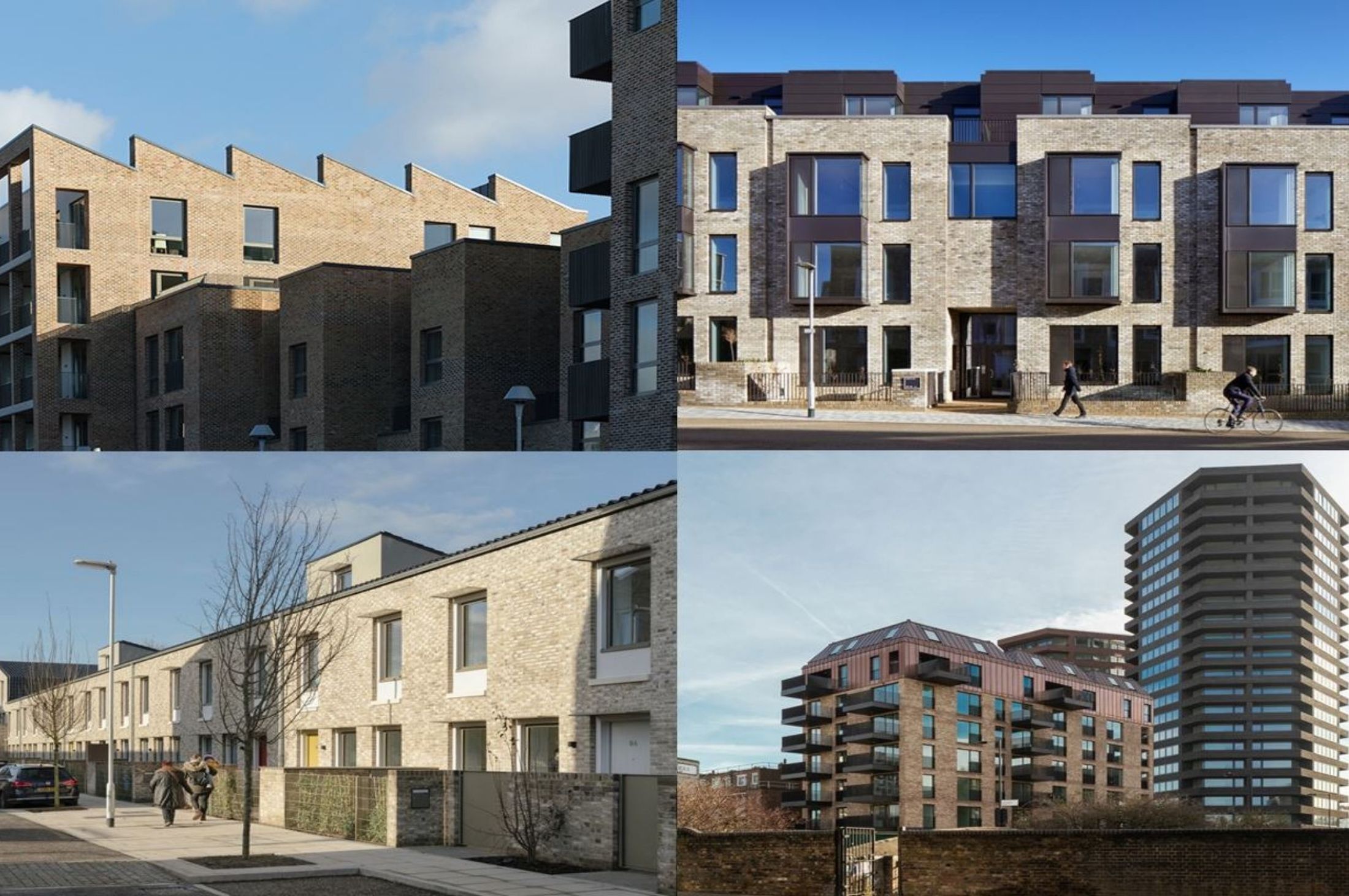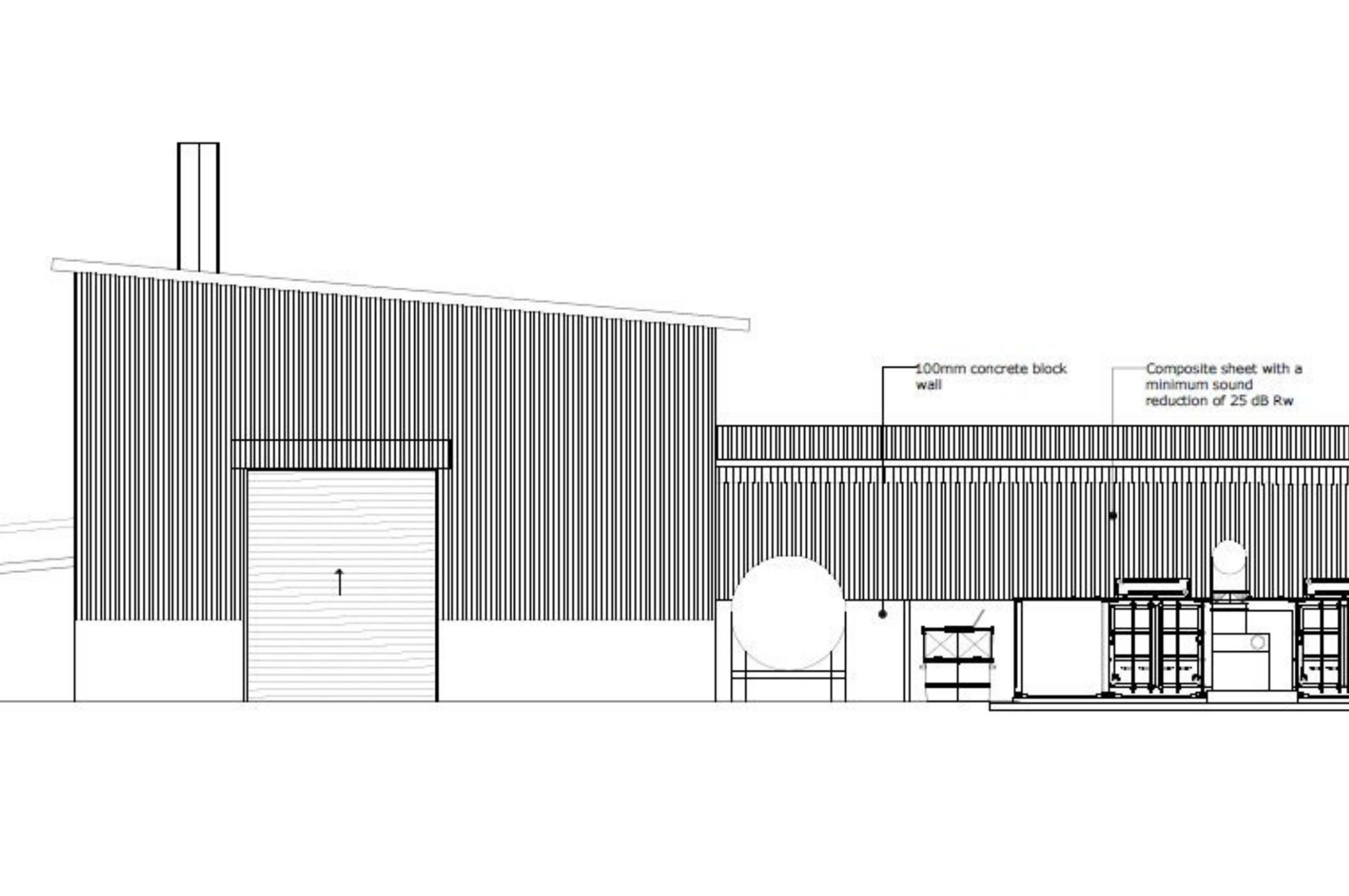The Royal Institute of British Architects (RIBA) announced on Thursday 25 July the shortlist for the very first Neave Brown Award for Housing, named in honour of the late Neave Brown (1929 – 2018).
Neave Brown was a socially-motivated, modernist architect, best known for designing a series of celebrated London housing estates. In 2018, he was awarded the UK’s highest honour for architecture, the Royal Gold Medal for Architecture, which is approved personally by Her Majesty The Queen.
The four housing developments in the running for the 2019 Neave Brown Award for Housing are:
Brentford Lock West Keelson Gardens, London, by Mae Architects
Thoughtful canalside development comprising six large apartment buildings, with distinctive saw-tooth roofs reflecting the site’s industrial past, linked with rows of four storey townhouses.
Eddington Lot 1, Cambridge, by WilkinsonEyre with Mole Architects
Designed for the University of Cambridge, this new residential quarter is an exemplar of integrated urban design. Incorporating a variety of housing types including generous apartments, some wrapped around a new supermarket and integrated with a new doctor’s surgery.
Goldsmith Street, Norwich, by Mikhail Riches with Cathy Hawley
Large development of 105 highly energy-efficient homes for social rent, designed to Passivhaus standards for Norwich City Council.
The Colville Estate, London, by Karakusevic Carson Architects with David Chipperfield Architects
Bold regeneration of a Hackney Council housing estate, designed and delivered in close engagement with residents, to provide 925 new homes in a neighbourhood of legible streets and open spaces.
The shortlist was selected from the 2019 RIBA Regional Awards winners by an expert panel of judges: RIBA President Ben Derbyshire; Director at Levitt Bernstein Jo McCafferty; and Professor Adrian Gale, formally of the School of Architecture at the University of Plymouth.
On the shortlist, Jonathan Jenkin, Managing Director of Planning & Design Practice Ltd said
‘It is good to see public housing and public bodies such as the University of Cambridge being recognised. All the schemes are exemplars and aim to provide high quality accommodation on difficult sites. Good quality public housing is essential if we are going to raise the quality of housing generally and meet the challenges of housing which is fit for purpose and long lasting and housing that meets the challenge of climate change’.
To be considered for the 2019 Neave Brown Award for Housing, projects needed to be a winner of a 2019 RIBA Regional Award, be a project of ten or more homes completed and occupied between 1 November 2016 and 1 February 2019 and one third of the housing needed to be affordable and should demonstrate evidence of meeting the challenge of housing affordability.
The winner of the Neave Brown Award for Housing will be announced at the RIBA Stirling Prize ceremony on Tuesday 8 October 2019.





